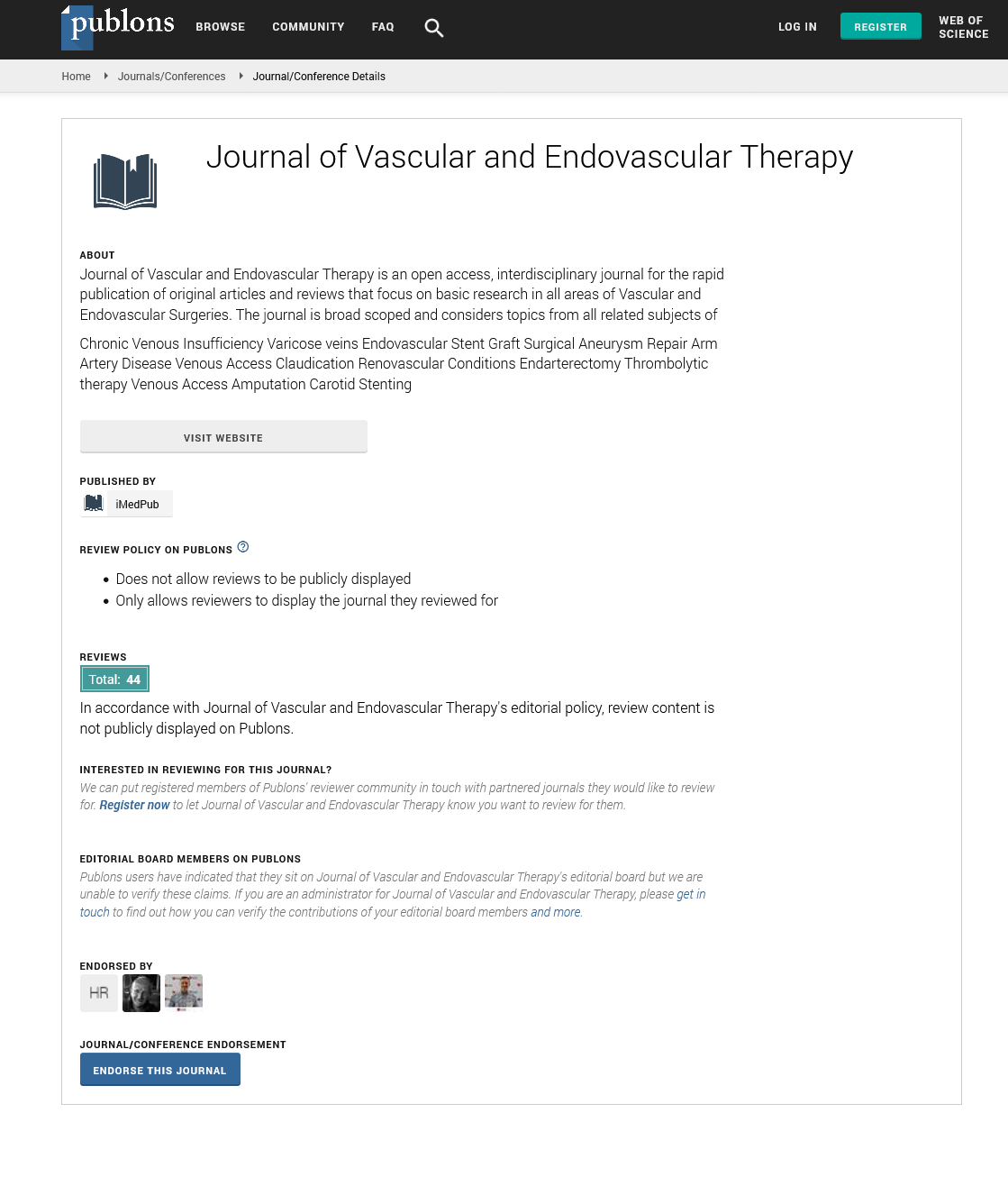Abstract
Contrast-Enhanced Ultrasound Reveals Exercise-Induced Perfusion Deficits in Claudicants
Background: Contrast-Enhanced Ultrasonography (CEUS) is an imaging modality allowing perfusion quantification in targeted regions of interest of the lower extremity that has not been possible with color-flow imaging or with measurement of ankle brachial indices. We developed a protocol to quantify lower extremity muscle perfusion impairment in PAD patients in response to exercise.
Methods and findings: Thirteen patients with Rutherford Class I-III Peripheral Arterial Disease (PAD) and no prior revascularization procedures were recruited from the Baltimore Veterans Affairs Medical Center and compared with eight control patients without PAD. CEUS interrogation of the index limb gastrocnemius muscle was performed using an intravenous bolus of lipid-stabilized microsphere contrast before and after a standardized treadmill protocol. Peak perfusion (PEAK) and time to peak perfusion (TTP) were measured before and after exercise. Between and within group differences were assessed. Control subjects demonstrated a more rapid TTP (p<0.01) and an increase in peak perfusion (PEAK, p=0.02) after exercise, when compared to their baseline measures. Patients with PAD demonstrated TTP and PEAK measures equivalent to controls at baseline (p=0.39, p=0.71, respectively). However, they exhibited no significant exerciseinduced changes in perfusion (TTP p=0.49 and PEAK 0.67, respectively compared to baseline). After exercise, normal subjects had significantly shorter TTP (p=0.04) and greater PEAK (p=0.02) than PAD patients.
Conclusion: Consistent with their lack of ischemic symptoms at rest, class I to III claudicant PAD patients showed similar perfusion measures (TTP and PEAK) at rest. PAD patients, however, were unable to increase perfusion in response to exercise, whereas controls increased perfusion significantly. This corresponds with claudication and limited walking capacity observed in PAD. CEUS with bolus injection offers a convenient, objective, quantitative and visual physiologic assessment of perfusion limitation in specific muscle groups of PAD patients. This has the potential for substantial clinical and research utility.
Author(s):
Rishi Kundi, Steven J Prior, Odessa Addison, Michael Lu, Alice S Ryan and Brajesh K Lal
Abstract | Full-Text | PDF
Share this

Google scholar citation report
Citations : 177
Journal of Vascular and Endovascular Therapy received 177 citations as per google scholar report
Journal of Vascular and Endovascular Therapy peer review process verified at publons
Abstracted/Indexed in
- Google Scholar
- Open J Gate
- Publons
- Geneva Foundation for Medical Education and Research
- Secret Search Engine Labs
Open Access Journals
- Aquaculture & Veterinary Science
- Chemistry & Chemical Sciences
- Clinical Sciences
- Engineering
- General Science
- Genetics & Molecular Biology
- Health Care & Nursing
- Immunology & Microbiology
- Materials Science
- Mathematics & Physics
- Medical Sciences
- Neurology & Psychiatry
- Oncology & Cancer Science
- Pharmaceutical Sciences


